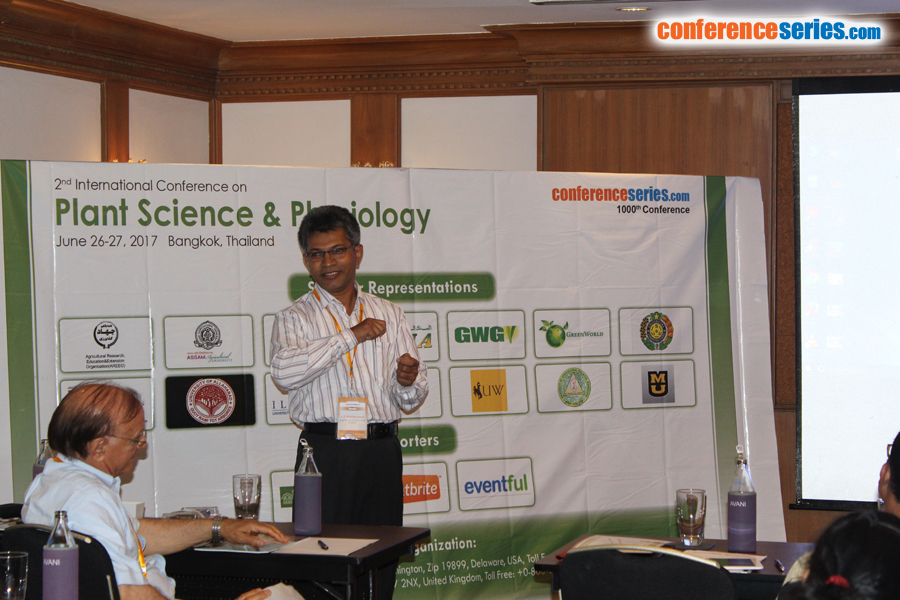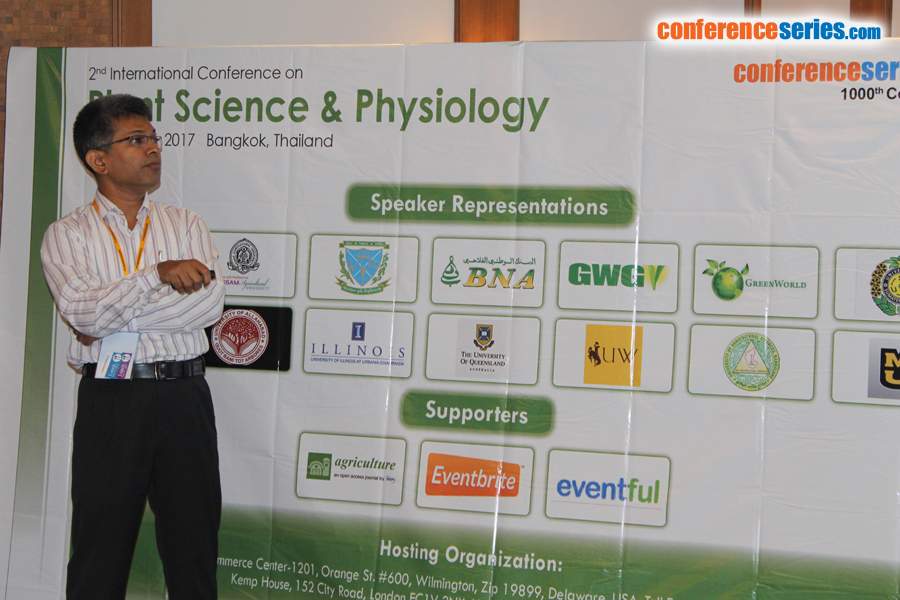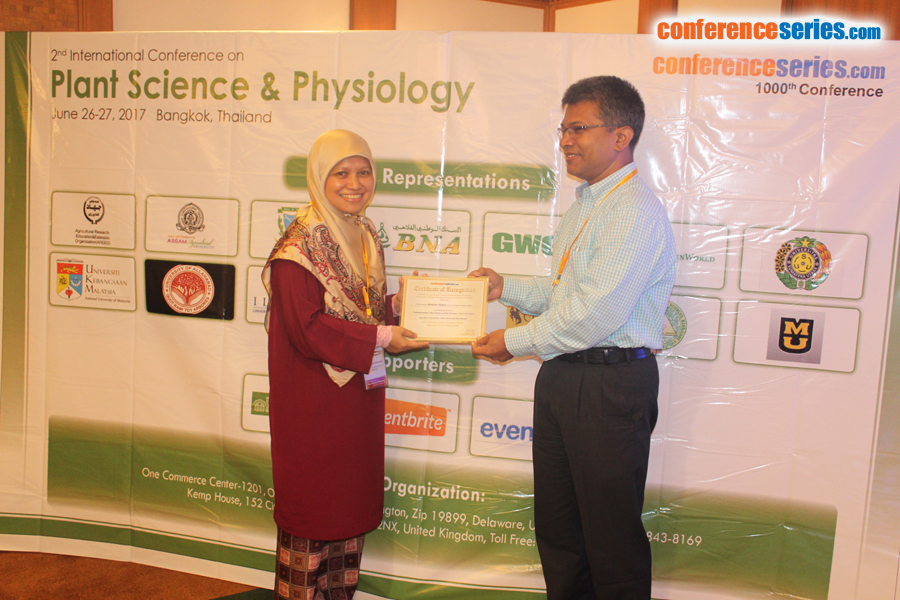
A K M Golam Sarwar
Bangladesh Agricultural University, Bangladesh
Title: Ethno-medicinal plant diversity of Bangladesh – their conservation status at the botanical garden of Bangladesh Agricultural University
Biography
Biography: A K M Golam Sarwar
Abstract
Statement of the Problem: Ethno-Medicinal plant genetic resources are one of the most important elements of biodiversity which support life system on earth. Over 50% of prescription drugs are derived from chemicals those first identified in plants. Bangladesh, as a part of the ancient Indian subcontinent, has a long history on use of plants in the traditional medicine as Ayurvedic, Unani and Tibetan System of Medicine. Although occupies relatively small geographical area, She is rich in both floral and faunal diversities. Bangladesh is also rich in ethnic minority population and people of more than 27 ethnic minorities groups live in Bangladesh. The flowering plants diversity in Bangladesh varies from 3,813 to 5,700 species. More than 750 species have been prescribed for the treatment of different diseases in traditional medicine. The Botanic Gardens Conservation International identified 400 medicinal plants at risk of world-wide extinction from over-collection and deforestation, threatening the discovery of future cures for disease. On contrary, an estimated 80% of people, the majority of these people in developing countries, worldwide rely on traditional, largely herbal, medicine to meet their primary healthcare needs. On this back ground, the Botanical garden of Bangladesh Agricultural University has initiated programmes on ex situ conservation of plants with ethno-medicinal importance along with other conservation activities from its inception in 1963.Findings & Conclusion: The Botanical garden has harbored a large collection of ethno-medicinal plants; more than 350 species have been conserved, and the number is ever increasing. Among these, 23 species are threatened in Bangladesh territory; however, many of them are rare in the wild. The important uses of collected medicinal plants have also been described. As the population density is increasing in an alarming rate, proper attention should be given to conserve the ethno-medicinal plant resources of Bangladesh for the welfare of human being and animal health.




